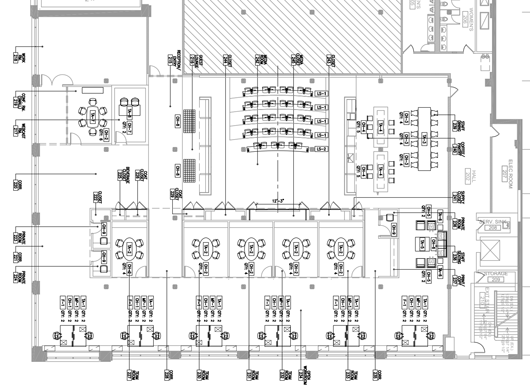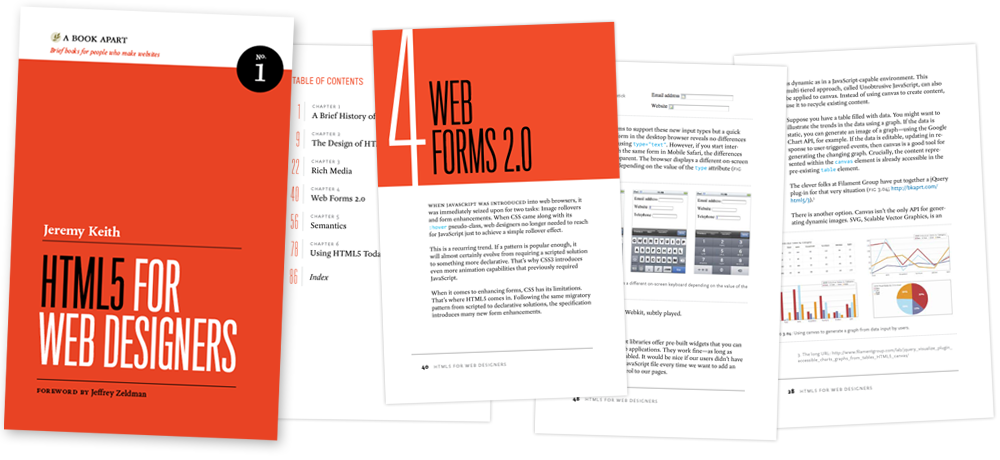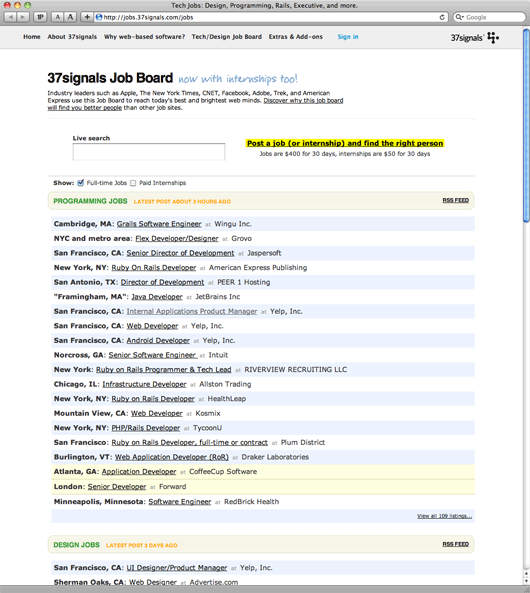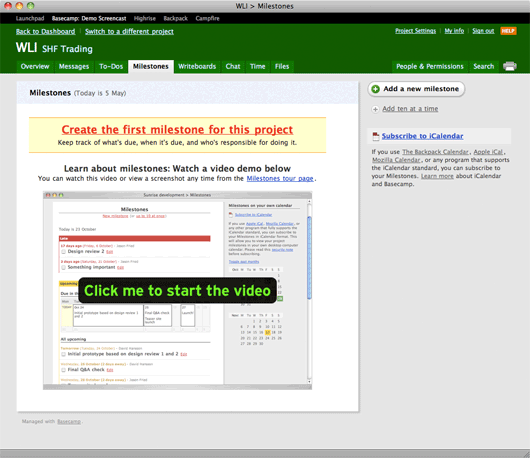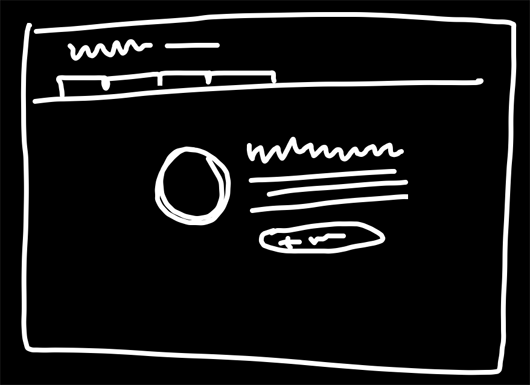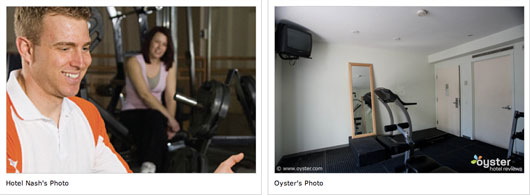About a month ago we shared a video of our new office space under construction. There’s been a lot of progress since (new video soon).
I thought it would be a good time to share some more details about the new office. We’re aiming to move in the first week of July.
Why?
First, why are we getting a new office space? For the past seven or eight years we’ve been sharing an office with Coudal Partners. It’s their office, we just rent a strip of desks and share the the common areas (conference room, kitchen, etc.). It’s been great in every way. Everyone at Coudal have been remarkably good hosts. We’ve made good friends, worked on some great projects together, and started a company together (The Deck). We hope all that will continue.
But it’s time for us to move into our own space. We’ve got 9 people in Chicago now, and only 5 desks at the office. We’re getting in Coudal’s way (they haven’t said this, but we definitely feel like we are). And we need privacy — currently we have to leave the office and talk in the hallway whenever we have a private call to make. It’s just time.
Also, this is a luxury item for us. When we launched 37signals in 1999 we shared an office space for about two years. Then we got on our own temporary raw space for a few years. That space was right up against the train and we used doors for desks. Since then we’ve been sharing the current office with Coudal for the past 7 years. So in many ways this is a luxury purchase for us. We don’t need this space — we could continue to work the way we work today. It’s definitely getting cramped, and people don’t have the privacy they need, but we could have continued to get by with what we had. But we decided that eleven years into our business we could afford to experiment with a dedicated space built out just the way we wanted. We believe it will pay off.
The idea
When we started thinking about what we wanted out of our own space, we realized we didn’t just want a place to work. We wanted a place to share our ideas and learn from others. We used to give workshops a few times a year, but we stopped because it was a hassle to book venues and deal with all that crap. We wanted to get back into the flow of doing semi-regular workshops and master classes. And we wanted to invite others to come in and teach us. We wanted our own venue.
We also wanted to make sure the work environment followed our general principles: Open in general, quiet when we need it, and easy group collaboration without interrupting other people. We also wanted to set up dedicated spaces for private phone calls, recording audio/video/screencasts, and room for expansion – specifically for our customer service/support team.
So those were the big picture ideas. We selected Brininstool + Lynch as our architect and worked with Grubb & Ellis to help us find a space. We looked at a variety of spaces – everything from house-like spaces to raw floors in empty loft buildings. In the end we took an empty floor so we could build out the space exactly as we wanted. We got a lovely corner space with tons of natural light.
The floor plan
The wall of windows on the bottom faces north. We have 12 desks lined up against those windows. Along that window wall there is a built-in full-length credenza for extra desk space and storage for each desk.
Continued…
